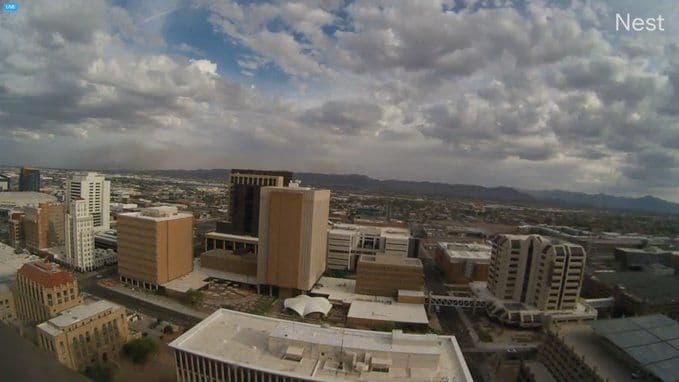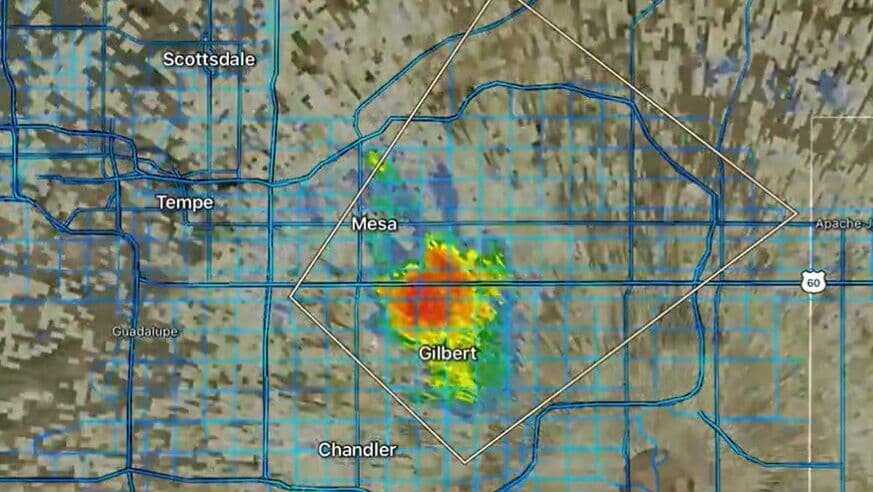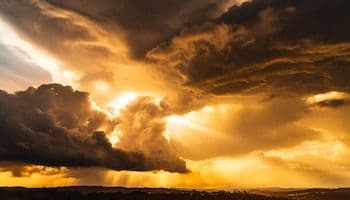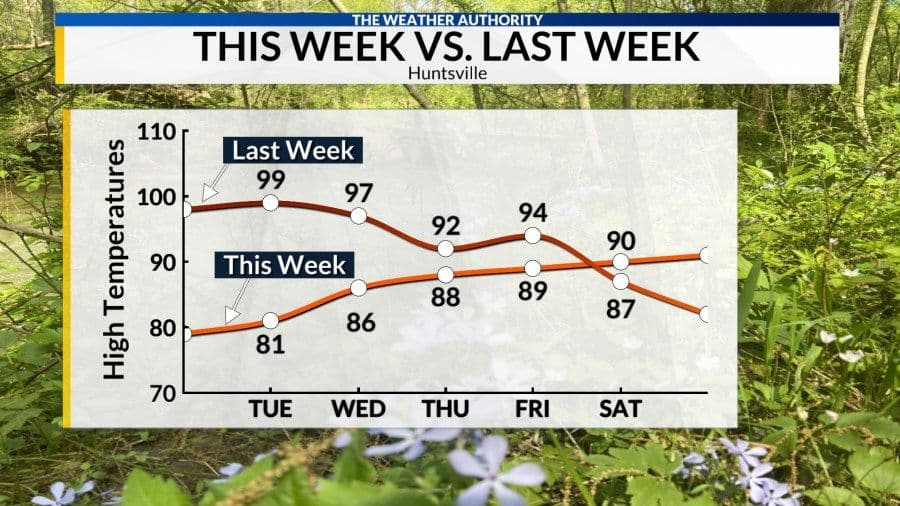Navigating Nature's Extremes: The Unseen Influence of Weather on Our Daily Fabric
Explore how extreme weather shapes daily life, from hidden influences to human resilience and tech-driven preparedness. A fresh look at nature's command.

The Climate's Silent Command: Beyond the Barometer
Weather, far more than just a fleeting change in temperature or a sprinkle of rain, exerts a profound, often unseen influence on our daily lives. It dictates our choices, shapes our infrastructure, and subtly commands our very routines. Consider a place like metro , where the climate's grip is particularly evident. Here, a "mild July" might give way to an August stretch of extreme heat, shattering 14-year-old records with temperatures soaring to 113-117 degrees Fahrenheit. This isn't just a number on a thermometer; it's a force that transforms how people live. Businesses adjust hours, outdoor activities become hazardous, and the very air we breathe feels different. Even seemingly minor events, like light rain in a typically arid region or the sudden arrival of a dust storm, demand immediate caution, affecting visibility, travel, and public safety. These conditions aren't mere meteorological curiosities; they are powerful agents that determine energy consumption, influence public health advisories, and ultimately, steer the rhythm of a community's existence. The climate truly issues a silent command, and we, as a society, are constantly responding.

Unpacking the Unpredictable: Extreme Phenomena Explained
Building on the pervasive influence of everyday weather, we often find ourselves grappling with its more dramatic manifestations: extreme phenomena. What precisely defines these powerful events that can turn daily life on its head? In places like , extreme heat isn't just a hot day; it's a prolonged period where temperatures consistently exceed dangerous thresholds, as seen with highs reaching 114 to 117 degrees and triggering "Extreme Heat Warnings" and "First Alert Weather Days." These aren't casual advisories; they signify conditions capable of causing heatstroke and other serious health issues, particularly for vulnerable populations. Then there are dust storms, or 'haboobs,' which can sweep through central , reducing visibility to near zero in moments and posing immediate hazards to drivers and pedestrians alike. While isolated thunderstorms might offer a brief respite, as was forecast for eastern , their sporadic nature and the overall lack of robust monsoon activity underscore the region's vulnerability to dry heat. Understanding these specific phenomena, from their typical characteristics to the warnings they prompt, is crucial for grasping the inherent unpredictability and raw power of our planet's atmospheric forces.

Resilience in Every Season: Human Adaptation and Innovation
When faced with the sheer force of extreme weather, human communities don't simply succumb; they adapt, innovate, and demonstrate remarkable resilience. It’s a testament to our enduring spirit. Take, for instance, the intense heat that frequently grips . While many rely on air conditioning, an man, , took on the extraordinary challenge of going an entire summer without A/C. His motivation? To raise awareness and funds for those in need, transforming a personal endurance test into a powerful act of community support. This individual initiative mirrors broader societal adaptations. Cities issue public advisories, urging residents to "stay safe," "bring pets inside," and "check in on your loved ones" during heat waves or dust storms. These aren't just polite suggestions; they are vital strategies for survival and mutual aid, woven into the fabric of daily life. From developing heat-resistant infrastructure to fostering networks of care, communities learn to live with, and even thrive despite, the formidable challenges posed by their unique climates. It’s a constant, evolving dance between nature's power and human ingenuity.

Empowering Preparedness: Leveraging Modern Weather Tools
Beyond individual acts of resilience, our collective ability to navigate nature's extremes is increasingly bolstered by sophisticated modern weather tools and proactive preparedness strategies. The (NWS) stands at the forefront of this effort, providing critical information that empowers communities to respond effectively. Think about the various alerts we now receive: "Extreme Heat Warnings" and "Watches" for , often upgraded from a watch to a warning as conditions intensify, or "First Alert weather days" signaling specific periods of danger. These aren't abstract scientific forecasts; they are actionable intelligence. They allow emergency services to prepare, direct individuals to cooling centers, and prompt everyone to adjust their plans – from rescheduling outdoor work to ensuring pets are indoors and vulnerable neighbors are checked upon. The real power of these advisories, whether for a looming dust storm, a thunderstorm advisory, or record-breaking heat, lies in their ability to translate complex meteorological data into practical advice. By leveraging these modern tools, we shift from merely reacting to weather's whims to actively anticipating and mitigating its impact, fostering a culture of informed safety and preparedness across the board.
Related Articles

Weather's New Imperative: How Forecasting Became Our Blueprint for Resilience

Weather's New Imperative: How Forecasting Became Our Blueprint for Resilience

The Daily Dial: Decoding the Earth's Shifting Moods in Your Local Forecast

The Daily Dial: Decoding the Earth's Shifting Moods in Your Local Forecast

Nature's Rollercoaster: Understanding Your Local Weather's Wild Swings

Nature's Rollercoaster: Understanding Your Local Weather's Wild Swings

Echoes of the Sky: How Weather Reshapes Our World and Our Spirit
